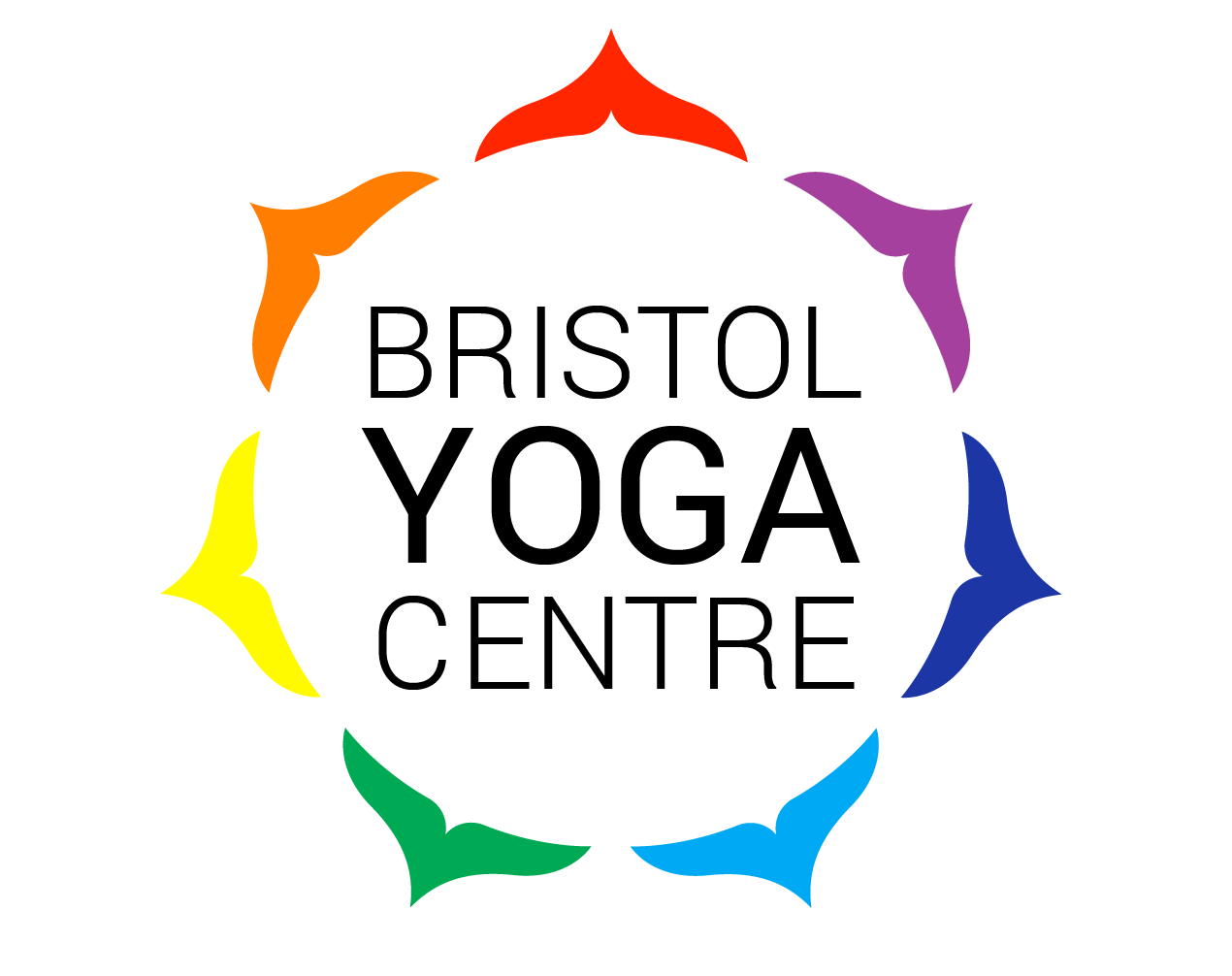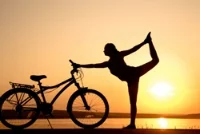Yoga Tools
Hopefully, by now you are wondering how you can start practicing yoga at home. In order to get started, it seems obvious but you need to get some yoga equipment like yoga mat and blocks. It’s not a must but you can also buy other useful yoga tools like eye pillow, yoga straps, bricks and bolsters. These tools can make your practice more enjoyable and they can easily be found on online yoga stores. If you don’t want to start spending money, you can use household items instead. For example, a scarf instead of a yoga belt. See my blog post on restorative practice for more ideas.
Place & Time
Ideally, you want to find a practice area that is clean, airy and quiet – preferably a place away from distraction. If you have particularly busy house, you might consider practicing early in the morning before everyone gets up. Our muscles tend to be tighter in the morning so it might feel more challenging to begin with but your body will adjust in time. In fact, traditionally yoga is practiced very early in the morning and it is a wonderful time to practice. It will wake you up and you will feel great for the rest of the day. However if this time really doesn’t suit you, try different times of the day like after work or just before going to bed. It’s best to experiment and see what works for you.
Personally I tend to do my practice at the same time every day. Doing your practice at the same time makes it easier to create a regular routine. If you cannot do a regular time and find it difficult to stick to your practice, try making appointment with yourself. You could try writing it down in the diary or note it down on the calendar so that you keep this time free and mark it as something important that you have agreed to do. After all, you wouldn’t forget or decide not to turn up to an important meeting with some one.
How to begin
An ancient text, the Yoga Sutra of Patanjali[1] has the following advice on practice,
The practice of yoga will be firmly rooted when it is maintained consistently and with dedication over a long period - Yoga Sutra verse 1.14 (A Shearer translation)
To begin with, it’s best to try and do short regular practice - try doing couple of basic postures and sequences that you know well. At this stage, the most important thing is to establish the routine of doing yoga. It’s better to do 20 minutes everyday than to do an hour and a half practice once in a blue moon. You can then gradually increase the practice length over time. For inspiration, I recommend that you continue to attend your group classes regularly and take a look at yoga books and website for more ideas. It is said that there are over 840,000 yoga poses [2] available. Having this many choices can be great but it can also be confusing. Try not to do everything at once and take time to learn each posture well.
Coming up with a balanced yoga sequence can be challenging and it can be hard to know which postures to do and when to do them. Try to notice the effect of each of the asanas so that you can begin to know what postures work well together. Yoga sequencing can be likened to cooking. First of all, it’s important to learn the basics. You can begin by following a recipe (or other people’s sequences) and once you have learnt the basics, you can begin to experiment and come up with your own unique flavours and practice.
As a general rule, you want to try and have a definitive start, middle and end to your session. This will help to create a rounded practice. Try to spend at least couple of minutes settling and connecting to your breath. Do some warming up movements to limber the body especially before doing advanced postures like strong backbends or inversions. Towards the end of the practice, wind down by doing some more calming and relaxing postures. Make sure you always rest in Savasana at the end of your practice.
Keeping a practice journal can be beneficial. You can see your progress easily and it will encourage you to learn names of the poses and breathing techniques. This doesn’t have to be long. It could be just couple of sentences. If writing something doesn’t work for you, try recording a journal on your phone. Encourage yourself to reflect on how the practice made you feel. Note down things like how your body felt, the qualities of your breathing and how the mind reacted during your practice. Write down what worked and what didn’t and your energy levels during and after the practice.
Practice Tips
Instilling a regular practice can be very challenging so try and persevere. It’s normal to have setbacks so try not to be too hard on yourself. Stay sensitive and notice small changes. Most of all enjoy your practice.
Finally, there are other creative ways of brining yoga practice throughout the day. You can practice simple breathing techniques like Full Yogic Breathing whilst you’re walking down the street or do Tadasana (Mountain Pose) when you’re waiting for a bus. You could also do few simple stretches at work.
I will leave you with a quote from K Pattabhi Jois, a renowned Indian Yoga teacher who developed Ashtanga Yoga, said ‘Practice and all is coming’.
Footnote
1. The Yoga sutra was written around 200 AD is considered to be one of the most authoritative texts on yoga
2. The Gheranda Samhita is a classic text of Hatha yoga. The text states that there are 84 basic poses but it also claims thatShiva taught 8,400,000 different asanas. Some people argue that they are infinite poses because people have infinite imagination and abilities to move the body. https://www.quora.com/How-many-yoga-poses-exist



























